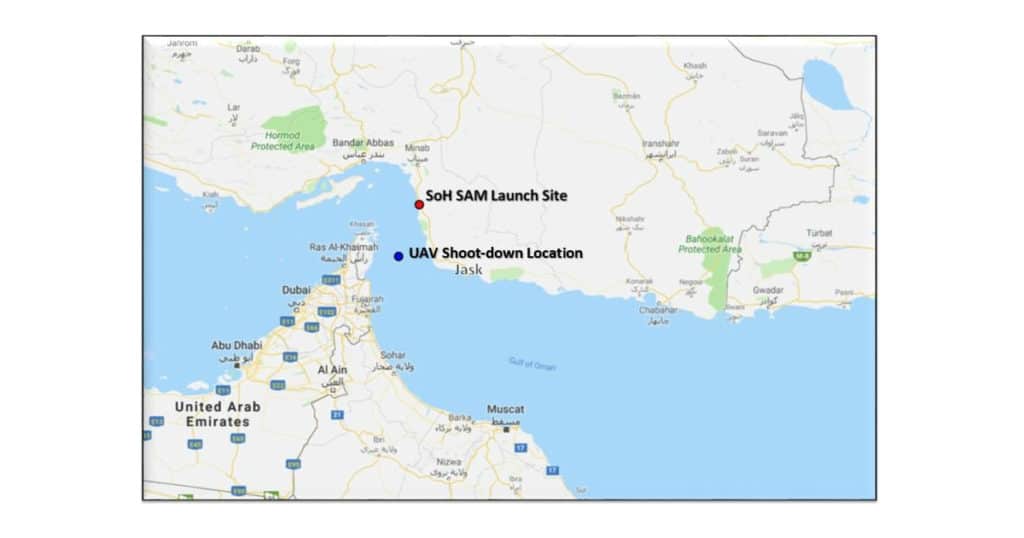The Story of the Widget Maker

One day, a man decided he had a great idea, he invented something called a widget. The widget was a marvelous device. It could do just about anything, entertain a person for hours, and it lasted forever.
The man opened up a small shop and sold his widgets to his friends and neighbors and became quite successful at it. As business grew, so did the man’s company, and eventually he hired a few people to make those widgets for him.
One day, he got a visit from the government. They said now that he was making so much money and hiring a lot of people, he had to pay more taxes. The man had no problem with that, but the government gave him such a complex book of rules, the widget maker had to hire expensive experts to do his taxes for him.
The experts explained to him that the new government rules had lots of loopholes and, by using those loopholes, he could pay even less taxes than before.
“Why are those loopholes there?” the widget maker asked the experts.
“Well, the government wants to encourage business. So, they put loopholes in the law, so that you will make widgets a certain way. For instance, if you make more green widgets than red widgets, they will give you a tax break,” the experts responded.
“Green widgets cost more to make and are less profitable, because it takes two men to make a green widget, whereas red widgets only take one,” the maker said, scratching his head.
“Exactly,” added the experts, “The government wants you to hire more people.”
“That makes no sense,” replied the widget maker. “Since it costs more, I make less money, and so I’m less profitable. If I’m less profitable, I must lay people off. Why don’t they just leave me alone; I had no trouble making money or hiring people before?”
“That the rules,” the accountant said. “I don’t make ’em, I just explain ’em.”
So, the widget maker made more green widgets than red ones, paid less in taxes and made less money.
Then, the government came knocking again. This time it was the Environmental Protection Agency (EPA).
“Mr. Widget Maker, the dye you use to make green widgets is damaging the rivers and streams, whereas the red dye is much safer. You need to use expensive equipment to scrub the dye from your waste,” they told him.
“Now look here, ” he replied. “I wouldn’t be making green widgets very much at all if you people had told me to make them this way. I hate green widgets, they are expensive, labor intensive and don’t sell as well as the red ones.”
The EPA guy just blinked at him.
“These are the rules, I don’t make ’em, I just explain ’em.”
The widget maker adjusted his machinery at great cost to his bottom line and hired lawyers to fight the government’s silly rules. This got expensive and the widget maker looked for other ways to make money, such as laying people off and making new types of widgets.
One day, he invented purple widgets that he could make overseas at much cheaper labor costs. This way, he didn’t have to make either green or red widgets, which were subject to silly government rules. The purple widgets sold well, and the widget maker thought he had beaten the game, at last.
But then, the purple widget didn’t hold up so well. It broke down a lot, and in some cases broke in little pieces that injured people if they climbed onto them, or when people did foolish things with them.
That’s when the government came knocking again.
This time it was the Widget Safety Council. He had never even heard of a Widget Safety Council, until that day.
“Those purple widgets are unsafe,” the representative from the WSC told him. “You have to put labels on them telling people not to use them as ladders.”
The widget maker got angry again.
“Why would people use them as ladders? Why wouldn’t people just use a ladder in the first place? It’s a widget not a ladder. If people are going to be stupid, how am I responsible?” the widget maker asked.
“I’m sorry, ” the representative from the WSC said, “I don’t make the rules, I just explain them.”
So, the widget maker had expensive labels made up for all his widgets. They were made of special high resin plastic with glue so idiots couldn’t peel off the label and forget not to use his widgets as ladders.
He got sued once because the red widget didn’t have a label like the purple ones did, and he was forced to put the expensive labels on all his widgets. People still fell off widgets using them as ladders, just as much as before. But at least now he wouldn’t get sued or have the government knocking at his door.
Or so he thought.
The government came knocking, again.
They told him he wasn’t making enough money, and since everyone relied on widgets, it was too important that he stay in business. The widget maker agreed we wasn’t making much money anymore. He told them he would probably just declare bankruptcy and sell off his inventory to repay his investors.
“Oh no!” the government cried, “That would be the worst thing you could do. All of the unions that make your widgets would go out of business. Think of all the people that couldn’t buy widgets anymore. Our economy depends on you making those widgets!”
“But I don’t want to make em anymore, ” he said to them. “They aren’t profitable. It isn’t fun to make them and, frankly, they look kind of stupid with all those labels on them. I refuse. Get someone else to make them. You’ve ruined me.”
The government returned with a big box of money, gave it to the employees, put a lock on his door and ran it themselves. They also fired the widget maker and told him he was crooked. The widget company soon found itself out of business.
Tom’s Take
What’s the moral of the story?
Just manufacture widgets somewhere else. It’s a moral more and more businesses are taking to heart.
That suited the widget maker just fine.
The widget maker invented and manufactured a






















